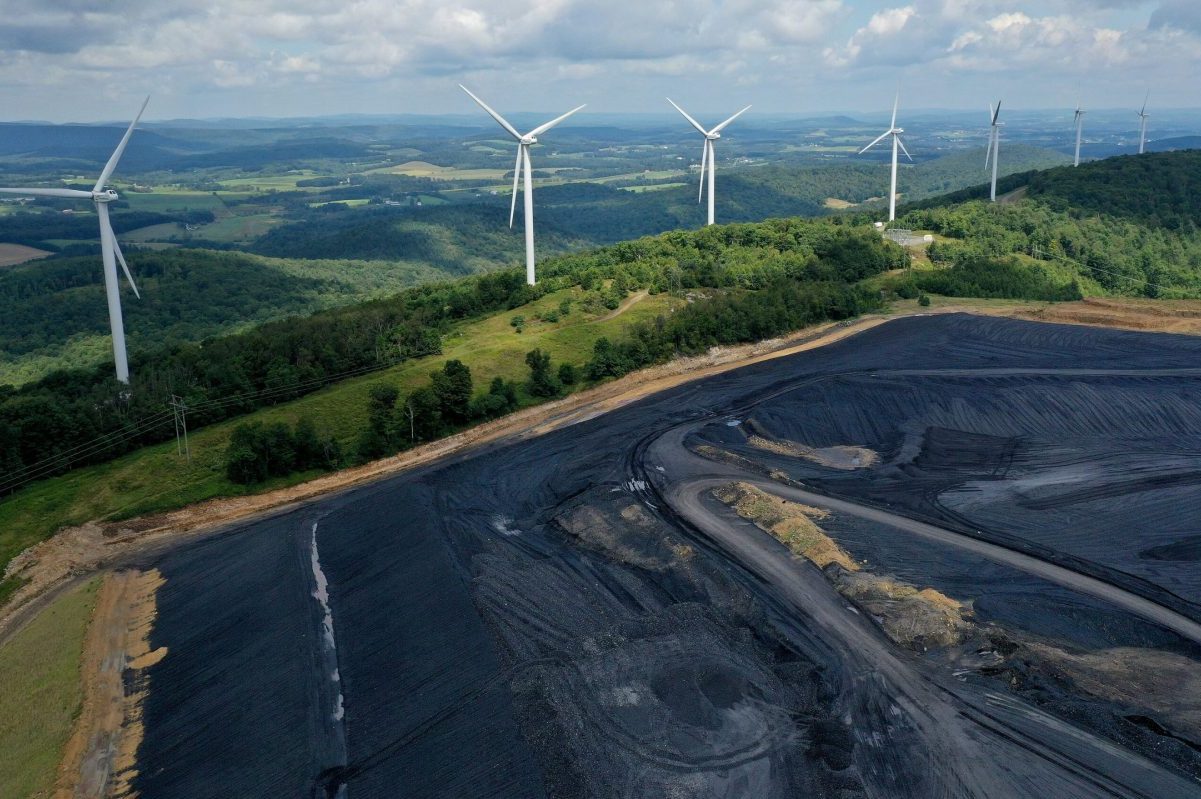The renewables market is predicted to roughly double in the upcoming five years, with worldwide renewable power capacity increasing to about 2,400 GW. That is equal to China’s current power generation capacity.
The global energy crisis, along with energy security worries fueled by Russia’s conflict with Ukraine, has accelerated the global adoption of renewable sources. This is a clear illustration of how the current energy situation might serve as a historic watershed moment in the transition to a cleaner, more sustainable energy infrastructure.
According to the International Energy Agency’s most recent annual energy report, coal, gas, nuclear, and oil production will lose market share. Only one form of electricity generation is predicted to rise in share: renewables.
Renewables’ five-year growth prediction is 30% greater than what the IEA predicted in last year’s assessment, signifying the group’s highest-ever upward correction. Increasing fossil energy prices, as well as concerns about energy supply interruptions, are propelling the growth of wind, solar, and other alternatives.

Wind and solar PV power generation are expected to more than double throughout the next five years, accounting for over 20% of global electricity production by 2027. Even if fossil energy prices are down, Europe would still be forced to import, thus it has a fundamental reason to increase its dependency on locally produced alternative electricity.
According to the International Energy Agency, solar and wind power will make up the majority of sustainable energy growth between 2022 and 2027. Green hydrogen, which is created through a water-splitting technique fueled by renewable energy, will promote the growth of solar and wind energy.
In most of the world, solar remains the most cost-effective alternative for new energy generation. This alternative source alone accounts for more than 60% of the predicted yearly increase in renewable energy production over the upcoming five years, and it is anticipated to overtake coal in terms of deployments by 2027.
However, Europe has yet to fully realize the potential of renewables to replace Russian gas. Furthermore, social acceptance of wind is substantially lower than that of solar, making those efforts more complex.
